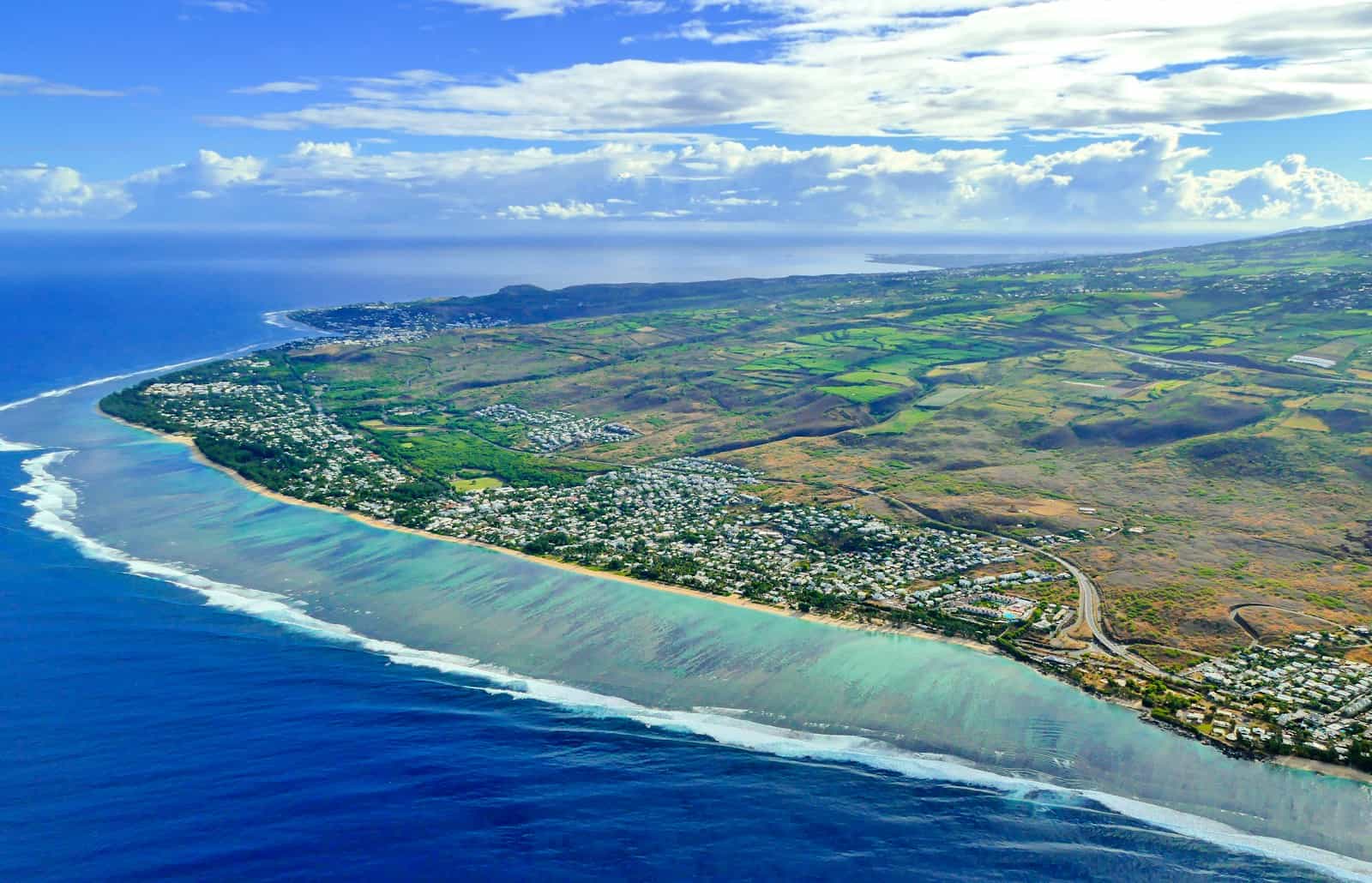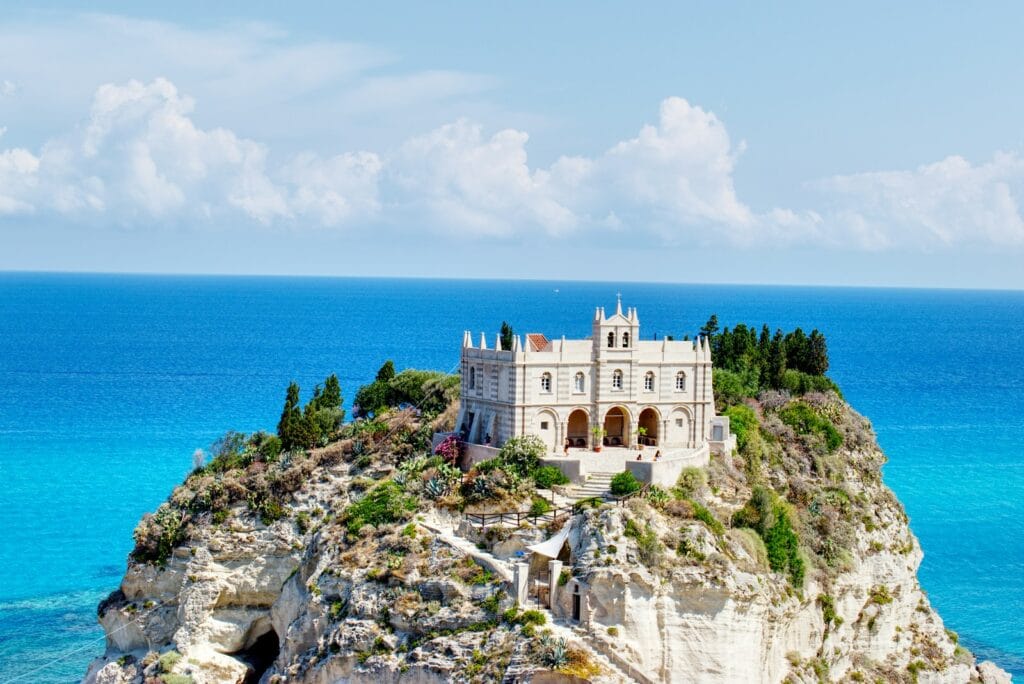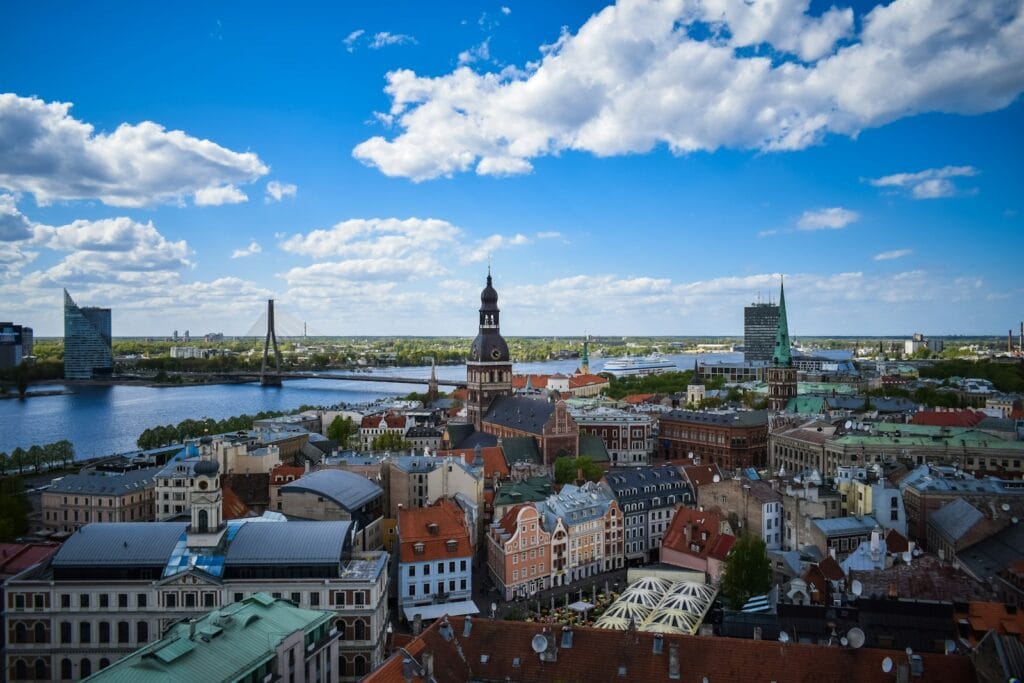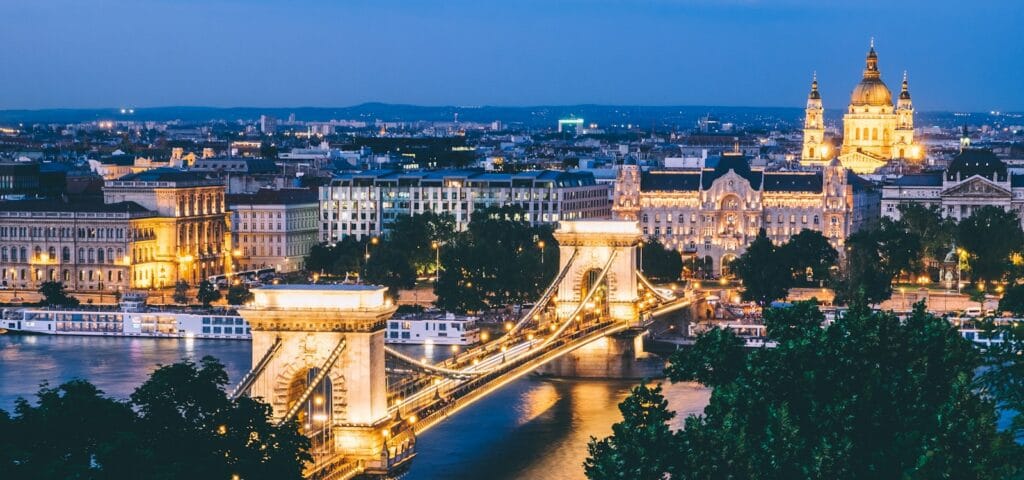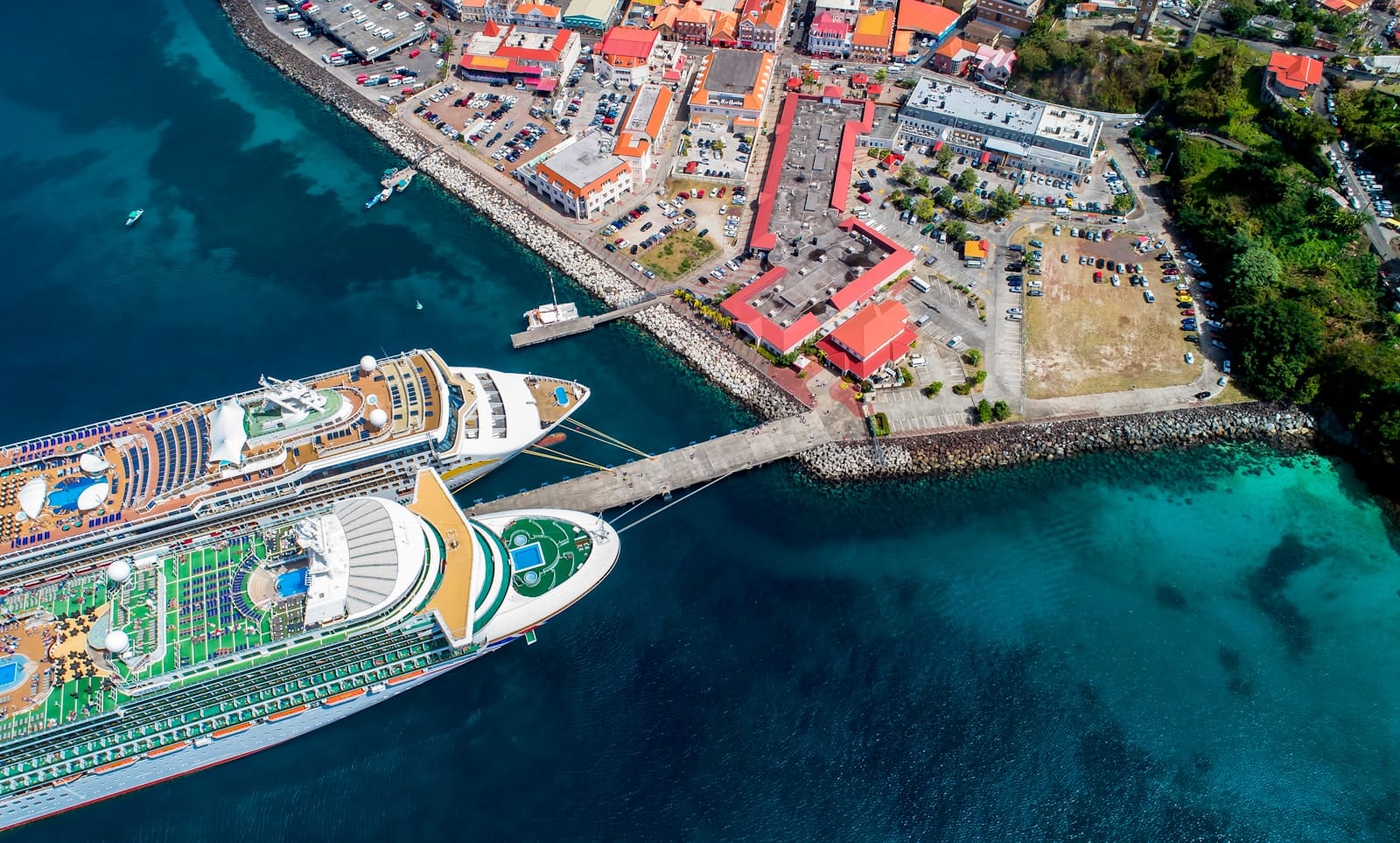Réunion Island Travel Guide: Volcano Trails, Creole Culture & Ocean Thrills
Intro to Réunion Island Travel Guide
Réunion Island is a one-of-a-kind French territory in the Indian Ocean where you can hike inside volcanic craters, soak in tropical waterfalls, and dine on Creole fusion cuisine — all in a single day. With French infrastructure, island soul, and UNESCO-protected nature, Réunion offers a wild-yet-accessible escape that’s still under most travelers’ radar.
Start planning your trip with our complete Réunion Island travel guide — explore where to go, what to do, and how to build your perfect mix of mountains, beaches, and local flavor.
💡Quick Facts:
Destination: Réunion Island
Continent: Africa (geographically); politically part of Europe (France)
Country: France (Overseas Department and Region)
Administrative Division: Réunion (single-department region)
Area: 2,512 km²
Population: ~870,000
Density: ~346 people per km²
Capital: Saint-Denis
Regions/Subregions: West Coast (beaches), South (volcanoes), East (rainforest), Cirques (Mafate, Salazie, Cilaos), Piton de la Fournaise
Official & Regional Languages: French (official), Réunion Creole (widely spoken)
Currency: Euro (€)
Time Zone(s): Réunion Time (UTC+4) – no daylight saving
Airports: Roland Garros Airport (RUN), Pierrefonds Airport (ZSE)
Climate: Tropical – humid coastal zones, cooler highlands, microclimates
Known For: Active volcano (Piton de la Fournaise), hiking trails, black-sand beaches, Creole culture, cirques and canyons, UNESCO World Heritage interior
🛂Arrival Info:
– As an overseas French region, Schengen visa rules apply
– Visa-free access for EU/EEA/UK/U.S./Canada/Australia/NZ citizens for short stays
– No customs checks when flying from mainland France or EU
– Passport or national ID required; Schengen visa must specify “Départements d’Outre-Mer”
– French Overseas Visa Portal
💉Health Info:
– No vaccines required unless coming from a yellow fever zone
– Recommended: Hepatitis A, B, and routine travel vaccines
– Dengue is present – mosquito precautions advised
– Excellent hospitals and clinics in major towns (public healthcare system)
– Agence Régionale de Santé Océan Indien
✅ Check travel insurance options for travel emergencies, delays, and medical needs abroad — get coverage here
✅ Stay Informed with Official Updates: World Health Organization – International Travel and Health | Travel health updates
🚨Travel Advisory:
– Safe and politically stable; low crime rates
– Occasional dengue outbreaks and weather-related road closures
– Cyclone season (Dec–March) may disrupt travel
✅ Stay Informed with Official Updates: US Travel Advisory | UK Foreign Travel Advice
📅Holidays:
– Réunion Island celebrates all French national holidays
– Abolition of Slavery (December 20): Unique to Réunion, with festivals and concerts
– Cavadee (January–February): Tamil Hindu procession
– Dipavali (October–November): Hindu festival of lights celebrated by local Indian communities
– Bastille Day (July 14): Parades and fireworks across the island
💰Visitor Info:
– Currency: Euro (€); credit cards widely accepted
– ATMs available throughout the island
– Tipping not required, but rounding up is appreciated
– Budget: €50–€80/day | Mid-range: €100–€150/day | Luxury: €200–€300+/day
– Prices are higher than mainland France for some imported goods
✈️Airports:
– Roland Garros Airport (RUN): Main international airport near Saint-Denis
– Pierrefonds Airport (ZSE): Smaller regional airport in the south
– Direct flights from Paris, Mauritius, Madagascar, Mayotte, and Johannesburg
– Seasonal charter flights from Europe; connections to Indian Ocean islands
✅ Delayed or canceled flight? Check if you’re eligible for compensation
🚍Transport:
– Rental cars are essential for exploring the island (drive on the right)
– Public buses (Car Jaune) connect major towns but are slow for tourists
– Taxis available but expensive – not ideal for long distances
– Helicopter tours popular for sightseeing remote cirques and volcanoes
– Well-maintained roads but mountainous terrain requires confident driving
✅ Book reliable airport transfers and in-city rides in advance. Reserve your ride here
📶Connectivity:
– French mobile providers (Orange Réunion, SFR, Free Mobile) offer SIM and eSIM
– 4G/5G available across most populated areas
– Free Wi-Fi in cafés, hotels, and tourist offices
– EU citizens roam free; others should purchase a local SIM for best value
– Excellent internet coverage in cities, weaker in remote cirques
✅ Stay connected abroad with affordable eSIM data packs. Get your eSIM here
📜Laws & Etiquette:
– Legal drinking age: 18; alcohol widely available
– French laws apply, including drug regulations and LGBTQ+ protections
– Réunion is multicultural – respect religious and cultural traditions
– Dress modestly in villages and during temple visits
– Topless sunbathing is accepted in some beach areas, nudity prohibited
🛡️Emergency Info:
– Emergency: 112 (universal EU number), 15 (ambulance), 17 (police), 18 (fire)
– U.S. and UK embassies are in mainland France
– Tourist offices in Saint-Denis, Saint-Gilles, and Cilaos
– Cyclone alerts managed by Météo-France Réunion
✅ Use embassy locator tools: Embassies Worldwide
🌦️Weather:
– Tropical climate with coastal temps of 24–32°C (75–90°F)
– Dry season: May to November – best time for hiking and adventure
– Wet season: December to April – hot, humid, and cyclone-prone
– Interior highlands are cooler year-round (evenings can dip below 10°C)
– Best time to visit: May to October for clear skies and cooler weather
✅ Stay prepared—check the weather forecast for your destination — Weather Forecast
Réunion Island by Region – Where to Go
Despite its small size, Réunion is packed with geographic contrasts. From lava fields to cloud forests, here’s how the island breaks down by region:
Saint-Denis & the North
The island’s capital and main entry point. Saint-Denis blends colonial architecture with bustling markets, Creole mansions, and French cafés. The north also gives quick access to lush botanical gardens and hikes in La Montagne.
West Coast (Saint-Gilles, La Saline, Boucan Canot)
Known as “la côte sous le vent” (leeward coast), this is the island’s sunniest and most developed beach area. Calm lagoons, coral reefs, and a string of resort towns make it ideal for swimming, snorkeling, and coastal dining.
South Coast (Saint-Pierre, Grand Anse)
Lively towns with a strong Creole identity, colorful street life, and volcanic shorelines. Saint-Pierre is a great base for nightlife, weekend markets, and excursions to the wild south.
East Coast (Sainte-Rose, Saint-Benoît)
Rugged and lush, this region is wetter but full of waterfalls, vanilla plantations, and lava tunnels. The 2007 lava flows at Piton de la Fournaise have reshaped the coast in surreal ways.
Central Highlands (Cilaos, Salazie, Mafate)
Home to the island’s three cirques — volcanic calderas carved by time and erosion. This is Réunion’s hiking heart, offering scenic villages, epic trails, thermal springs, and jaw-dropping viewpoints.
Top Places to Visit in Réunion Island
Nature, history, and adrenaline collide across the island. Here are the standout destinations:
Natural Wonders
- Piton de la Fournaise: One of the world’s most active volcanoes. Hike to its summit or explore recent lava flows.
- Cirque de Mafate: A roadless valley of remote hamlets and rugged trails — accessible only on foot or by helicopter.
- Voile de la Mariée Waterfalls (Salazie): Dozens of veils cascade from high cliffs, framed by dense jungle.
Coastal & Cultural Towns
- Saint-Denis: Colonial capital with museums, markets, and architecture blending Europe and Creole flair.
- Saint-Pierre: Coastal energy, nightlife, and great access to southern Réunion.
- Hell-Bourg (Salazie): Often called the prettiest village in France, with traditional homes and cool mountain air.
Beaches & Ocean Activities
- Boucan Canot: Surf, snorkel, or sunbathe on one of the island’s best beaches.
- L’Hermitage Lagoon: Calm waters protected by reef — great for kayaking and swimming.
- Grande Anse (south coast): Palm-fringed, volcanic-sand beach with picnic spots and lookout points.
How to Choose Where to Go in Réunion Island
Réunion is ideal for mixing adventure with downtime — your itinerary should reflect the island’s elevation, weather, and goals.
- For hiking and nature: Focus on Cilaos, Mafate, and Salazie — all part of Réunion National Park and ideal for 2–3 day treks.
- For relaxing beaches and sunsets: Stay on the west coast (Saint-Gilles or La Saline) where the lagoons are swimmable year-round.
- For culture and nightlife: Combine Saint-Pierre with day trips to Creole villages and vanilla farms.
- For lava landscapes: Base near Sainte-Rose or drive the Route des Laves from Saint-Philippe to Piton de la Fournaise.
Suggested combos:
- Saint-Denis + Cilaos + Saint-Gilles (culture + hiking + beach)
- Saint-Pierre + Piton de la Fournaise + Salazie (south coast + volcano + waterfalls)
- Mafate + West Coast (trekking followed by beach recovery)
How to Get Around Réunion Island
Though small, Réunion’s mountain roads and remote valleys mean getting around requires planning.
- Car Rentals: Essential for flexibility. Well-maintained roads, but be ready for narrow, winding mountain routes.
- Public Buses (Car Jaune): Affordable and reliable along the coast, but limited in highland areas.
- Helicopter Tours: Popular for accessing or viewing Mafate, cirques, or volcanic craters.
- Taxis & Private Drivers: Costly but useful for non-drivers or airport transfers.
- Hiking Trails: The island is a paradise for walking — many villages and valleys are only accessible by footpaths.
Apps: Use “Réseau Car Jaune” or “Plan Réunion” for transit info; offline maps are key for mountain regions.
Travel Budget & Costs in Réunion Island
Réunion offers a broad range of price points. Food and local transit are affordable; activities and accommodation vary.
Budget Travel (€60–€90/day):
– Gîtes d’étape (rural guesthouses): €30–€50
– Car Jaune bus rides or hitchhiking: €2–€10 per day
– Local Creole meals (cari, samosas): €5–€10
– Hikes, beaches, and markets: free or low-cost
Mid-Range (€120–€180/day):
– Boutique hotels or B&Bs: €90–€150
– Rental car: €40–€60 per day
– Volcano hikes or canyoning tours: €30–€60
– Meals with wine: €20–€30
Luxury (€250+/day):
– Spa resorts, ecolodges, or beachfront villas
– Private helicopter or 4×4 tours
– Fine dining with local wine pairings
– Wellness add-ons (thermal baths, massages)
Money-saving tips:
– Cook from markets — fresh fruit, lentils, and spices are cheap and delicious
– Join free village fêtes or music nights
– Travel in shoulder seasons for discounts (May–June, Sept–Oct)
Best Time to Visit Réunion Island
Réunion has two seasons: hot and humid (summer) and cooler and drier (winter). Weather varies by altitude.
Dry Season (May–October):
Ideal for hiking, road-tripping, and sightseeing. Cooler temperatures in the mountains and less rainfall.
Wet Season (November–April):
Warmer and wetter — lush landscapes, waterfall peaks, and occasional cyclones. Still great for beaches and diving.
Festival & Event Timing:
– Fête de la Liberté (Dec 20): Celebrates abolition of slavery with music and dance
– Grand Raid (October): One of the world’s most extreme ultramarathons across cirques and craters
– Sakifo Music Festival (June): Held in Saint-Pierre, it’s a major island-wide cultural event
Best time to visit Réunion Island for hiking: June to September
Best for beach + nature combo: May or October
Must-See Experiences in Réunion Island
From active volcano hikes to Indian Ocean sunsets and Creole cuisine, these are the experiences that define Réunion.
- Climb Piton de la Fournaise: Hike across lava fields and stand atop a steaming crater.
- Trek into Cirque de Mafate: Carry everything on foot and stay in remote mountain gîtes under starry skies.
- Drive Route des Laves: A coastal road shaped by lava flow — eerie, scenic, and unforgettable.
- Swim in L’Hermitage Lagoon: Calm and crystal-clear — perfect for families and snorkelers.
- Visit Hell-Bourg in Salazie: Admire colorful Creole houses and soak in the island’s prettiest village.
- Join a canyoning tour in Cilaos: Slide down waterfalls and abseil through narrow ravines.
- Try samoussas, bouchons, and rougail: Taste Réunion’s Indian-Chinese-French culinary mash-up.
- Catch a séga performance: This rhythmic dance and music style pulses through local bars and village fêtes.
Book immersive Réunion Island tours and experience unforgettable things to do in Réunion — from summit treks and Creole kitchens to lava flows and lagoon swims.
Best Travel Itineraries in Réunion Island
Here are a few curated routes to suit different traveler styles, from hikers to beach lovers.
7-Day Explorer Itinerary
- Day 1–2: Saint-Denis + Sainte-Suzanne waterfalls
- Day 3–4: Cilaos – mountain village, wine tasting, easy hikes
- Day 5: Volcano Day – Piton de la Fournaise crater hike
- Day 6: Saint-Pierre market + sunset at Grand Anse
- Day 7: Chill day at L’Hermitage beach before departure
10-Day Hiking & Nature Route
- Days 1–3: Salazie + Hell-Bourg — waterfalls and short walks
- Days 4–6: Trek into Mafate (2 nights in different gîtes)
- Days 7–8: Cilaos thermal baths + canyoning adventure
- Days 9–10: Coastal time in Saint-Gilles — snorkel, markets, beach
14-Day Cultural + Scenic Loop
- Week 1: Saint-Denis, Salazie, and Sainte-Rose (Creole villages, east coast drives)
- Week 2: Cilaos, volcano, then finish with 3 nights of luxury beach time in Saint-Gilles
Tip: Plan cirque hikes early in the trip to avoid fatigue at the end. Always check trail/weather conditions before hiking.
Local Cuisine & Culinary Experiences
Réunion’s cuisine is one of the most vibrant in the Indian Ocean — a melting pot of Malagasy, African, Indian, Chinese, and French flavors.
Dishes to Try
- Cari poulet or cari poisson: A hearty stew served with rice and lentils, the backbone of Réunion meals
- Rougail saucisse: Spicy sausage in tomato sauce with local spices
- Bouchons: Steamed dumplings (influenced by Chinese cuisine) often eaten as street food
- Samosas (samoussas): Fried snacks with spicy fillings — chicken, cheese, or fish
- Ti’Jacques Boucané: Cooked green jackfruit with smoked meat
- Bonbon piment: Savory fritters made from lentils and chilies
Drinks & Desserts
- Dodo Beer (Pélican): The island’s most famous local brew
- Rhum arrangé: Fruit- or spice-infused rum — try ginger, passionfruit, or vanilla varieties
- Gateau patate: Sweet potato and coconut cake — a Creole classic
Food Experiences
- Shop at Saint-Paul market or Saint-Pierre’s weekend marché for spices, fruits, and homemade jams
- Visit vanilla plantations near Sainte-Suzanne or Bras-Panon
- Try a food tour or cooking class in Saint-Denis or Cilaos to learn cari-making with locals
Travel Safety & Cultural Etiquette in Réunion Island
Réunion is very safe and has French-level healthcare and public services. That said, some natural and cultural points to keep in mind:
Safety Tips
- Hiking: Trails are well-marked but often strenuous. Wear proper footwear, bring layers, and check for weather warnings (cyclone or flash flood alerts).
- Swimming: Not all beaches are safe due to currents and rare shark activity — only swim in marked, patrolled lagoons.
- Driving: Mountain roads are scenic but narrow — drive slowly, use low gear on descents, and watch for fog.
- Health: Tap water is safe. Mosquitoes are present — wear repellent, especially during wet season.
Cultural Etiquette
- Greet with “Bonjour” or “Bonsoir” before starting any conversation
- Respect local Creole traditions and religious sites
- Sunday is a family day — some towns go quiet; plan accordingly
- Tipping isn’t expected but appreciated (5–10% in restaurants)
Where to Go Next – Pair Réunion with These Destinations
Réunion is a fantastic springboard for Indian Ocean or African travel.
- Mauritius: Just 45 minutes away by plane. More resort-focused and beach-heavy — great contrast with Réunion’s rugged interior.
- Madagascar: For travelers seeking off-the-beaten-path biodiversity, Madagascar offers lemurs, rainforests, and wild coastline. Direct flights connect Antananarivo and Saint-Denis.
- Seychelles: Combine Réunion’s hikes with Seychelles’ barefoot luxury beaches and diving. Quick flights via Air Austral or Air Seychelles.
- South Africa: Extend your trip with a safari or wine country tour — direct flights to Johannesburg available.
More Destinations Worth Exploring:
Mauritius Travel Guide, Madagascar Travel Guide, Seychelles Travel Guide, South Africa Travel Guide
Final Planning Checklist for Réunion Island
- Book inter-cirque accommodations early — gîtes in Mafate fill up fast
- Reserve a rental car for full flexibility, especially inland
- Bring layered clothing — you’ll go from tropical coast to alpine climate
- Pack hiking gear: boots, sunhat, raincoat, hydration pack
- Confirm ferry or helicopter logistics if entering Mafate
- Download offline maps (Maps.me or IGN Réunion) and trail apps (Visorando, OutdoorActive)
- Check cyclone season alerts if traveling Nov–March
- Bring French plug adapters and Euros — Réunion uses mainland currency and electrical standards
- Learn a few Creole words or basic French phrases — locals appreciate the effort
- Budget time to relax — beaches are worth it after all the hiking!
Explore Réunion Island with confidence using our trusted tips, local insights, and region-by-region planning tools.
For more expert travel tips, practical strategies, and trusted tools — visit our Homepage and get inspired for your next trip.

